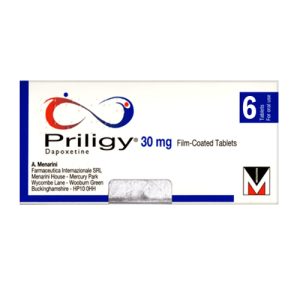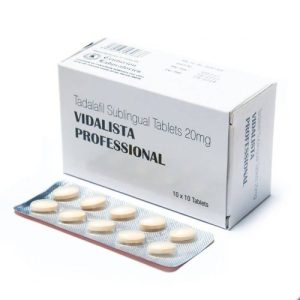Description
Avanafil is a new phosphodiesterase-5 inhibitor that is faster acting and more selective than other drugs belonging to the same class. Chemically, it is a derivative of pyrimidine and is only available as the S-enantiomer. FDA approved on April 27, 2012.
Avanafil is used to treat erectile dysfunction (impotence). Avanafil should not be taken by a woman or a child.
Does not directly cause penile erections, but affects the response to sexual stimulation. The physiologic mechanism of erection of the penis involves release of nitric oxide (NO) in the corpus cavernosum during sexual stimulation. NO then activates the enzyme guanylate cyclase, which results in increased levels of cyclic guanosine monophosphate (cGMP), producing smooth muscle relaxation and inflow of blood to the corpus cavernosum.
Avanafil may also be used for purposes not listed in this medication guide.
Pharmacodynamics
Avanafil is a strong, competitive inhibitor of PDE5. It is also 100-times more potent for PDE5 than PDE6. The IC50 of avanafil is 5.2 nM. Compared to other PDE5 inhibitor like sildenafil and vardenafil, it is 16- and 21-fold more selective for PDE5 respectively. Avanafil does not bind to PDE6 and PDE11 to a considerable degree.
The impact of this finding is that avanafil is less likely to cause side effects such as visual disturbances and myalgia. These are side effects that patients on sildenafil or tadalafil are more likely to experience. Furthermore, single oral doses of avanafil (200 mg) administered to healthy male volunteers resulted in mean changes from baseline in systolic/diastolic blood pressure of -5.3/-3.7 mmHg at 1 hour after dosing.
Avanafil does not causes changes in QTc interval or ventricular repolarization.
Mechanism of action
Avanafil is a selective phosphodiesterase 5 (PDE5) enzyme inhibitor used for the treatment of erectile dysfunction caused by diabetes, age induced oxidative stress or other complications. Avanafil inhibits the cGMP specific phosphodiesterase type 5 (PDE5) which is responsible for degradation of cGMP in the corpus cavernosum located around the penis.
Penile erection during sexual stimulation is caused by increased penile blood flow resulting from the relaxation of penile arteries and corpus cavernosal smooth muscle. This response is mediated by the release of nitric oxide (NO) from nerve terminals and endothelial cells, which stimulates the synthesis of cGMP in smooth muscle cells. Cyclic GMP causes smooth muscle relaxation and increased blood flow into the corpus cavernosum.
The inhibition of phosphodiesterase type 5 (PDE5) by avanafil enhances erectile function by increasing the amount of cGMP.
Side effects
All medicines may cause side effects, but many people have no, or minor, side effects.Some medical conditions may interact with Avanafil.
Tell your doctor or pharmacist if you have any medical conditions.
Avanafil is generally well tolerated. The most commonly reported adverse event are headache and facial flushing.
This is not a complete list of all side effects that may occur. If you have questions about side effects, contact your health care provider.






Reviews
There are no reviews yet.